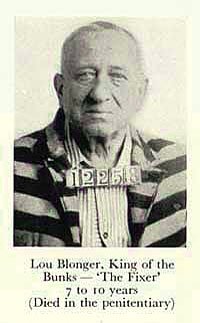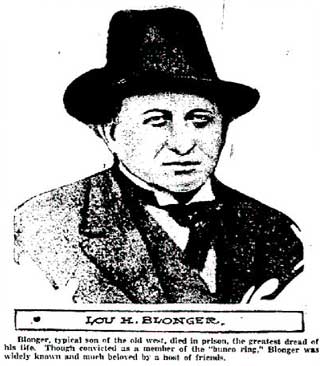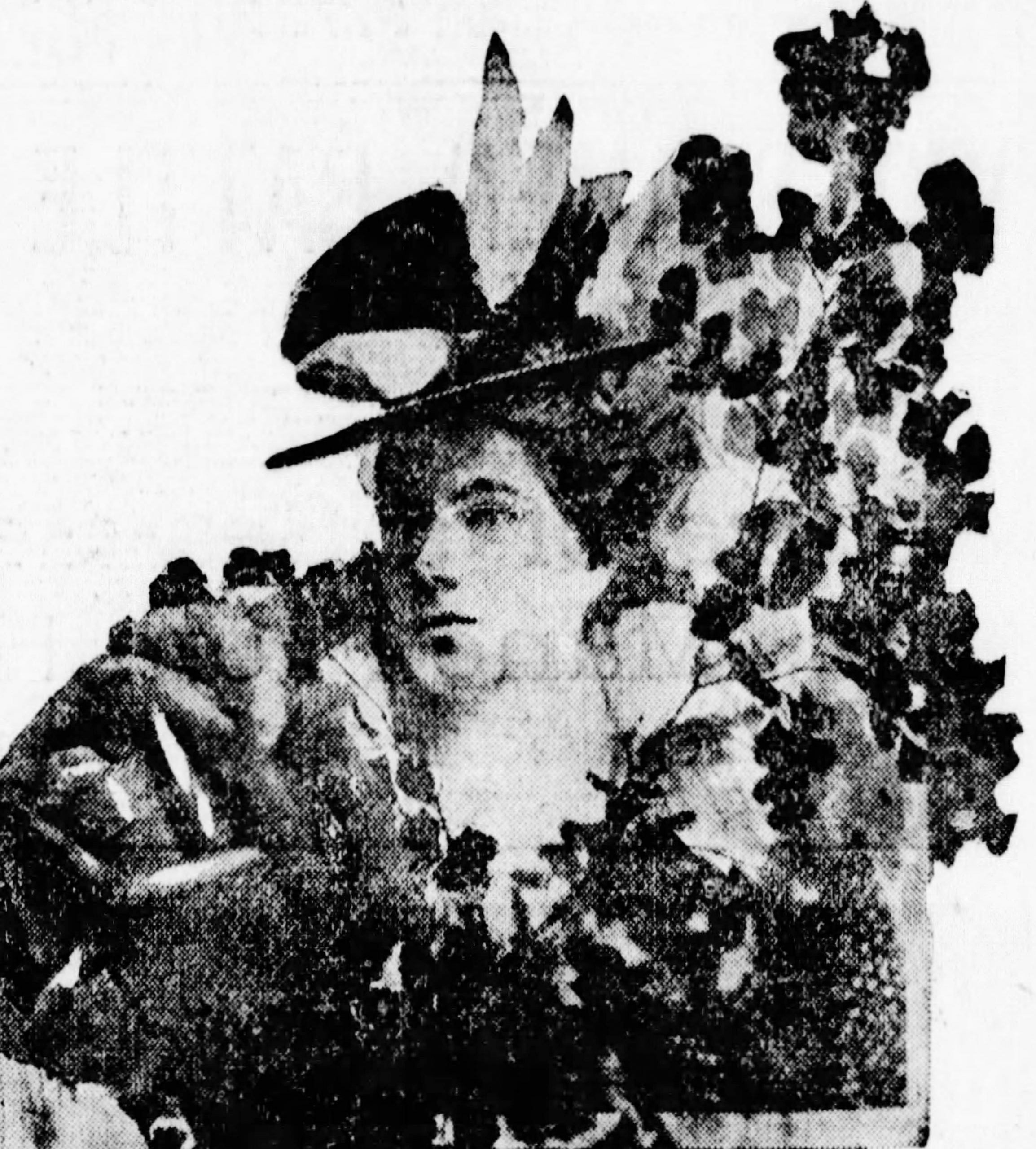
Born in 1849, he enlisted in the Union Army at age 15 as a fifer. He only served a few weeks, until a fall injured his leg, which left him with debilitating “varicose veins” that served as a good excuse for a lifetime of avoiding real labor.
After the war he hooked up with his older brother Sam, who had just returned from high adventure in California and Colorado. They then embarked on a tour of the western mining camps, opening saloons and prospecting in Salt Lake City, Dry Canyon, Stockton, Virginia City, Cornucopia, Tuscarora, Silver Reef and by 1878, Salt Lake City again.
By this time, the pair were well known by prospectors, gamblers and hangers-on all across the West as the Blonger Bros. In 1878 it has been said that they sat across the table from the likes of Wyatt Earp, Doc Holliday and Bat Masterson in the gambling halls of Dodge City.
By 1879 they made their way to the Leadville/Denver area, and opened the Novelty Theatre in Georgetown. Sam ran for mayor of Leadville.
Venturing on to New Albuquerque in 1882, Sam became marshal, and often enlisted Lou as his deputy. In between running his brothel and gambling with the guys, Lou helped Sam chase horse thieves, shoot it out with drunken bartenders and arrest various miscreants. When Earp and Holliday passed through town after their Vendetta ride — still wanted by the Arizona authorities — Sam was out-of-town, and Lou filled in as marshal during the two weeks the posse was in town.
After Albuquerque, Lou spent time in Deming, New Mexico, and had another saloon in San Bernardino, California. In 1888, one of his former prostitutes shot a client in the head, and found herself in an Arizona jail. Lou came to the rescue in nothing flat, and she went free.
Next stop was Denver, finally. Over the next few years Sam and Lou opened a series of saloons and gambling houses, which were also used by their affiliates to run crooked poker games. Over the years they branched out into the policy shop business and are said to have owned a number of these. At election time they helped coordinate elicit voting activities in the tenderloin district, and over time came to control thousands of votes.
Over the years the other bosses, like Soapy Smith and Big Ed Chase, faded from the scene, but Lou grew in influence. The more money he made, the more money he had to spread around, to judges, cops, deputies, district attorneys, mayors and more — and the more he spread around, the more he made.

Through the early years of the Twentieth Century Lou disappeared from the news as his circle of protection grew stronger. And his protection extended to the men who bilked visitors to Denver out of increasingly large amounts — $10,000, $20,000, $50,000. His cut of the take, in turn, meant more money for more protection. By 1920, Denver was the bunko capital of America, with dozens and dozens, even hundreds of grifters plying the Denver streets and giving Lou his sizable cut.
Denver became a laboratory for the confidence man’s unusual science, and his minions developed some of the most interesting methods for separating a sucker from his cash that the world has ever known, including a con known as the Wire — which was portrayed with great authenticity in the 1976 film The Sting.
It wasn’t until 1922, with the anomalous election of reformer Philip Van Cise to the office of District Attorney, that Lou’s fortunes began to change. Hiding his efforts from the police and sheriff’s departments, Van Cise conducted an unusual investigation that resulted in the arrest of over thirty Denver bunko men, and Lou as well. They were eventually tried as one, and despite Lou’s best efforts to hang the jury, all were found guilty.
Lou died in a Colorado penitentiary a few months later, at the age of 74.
